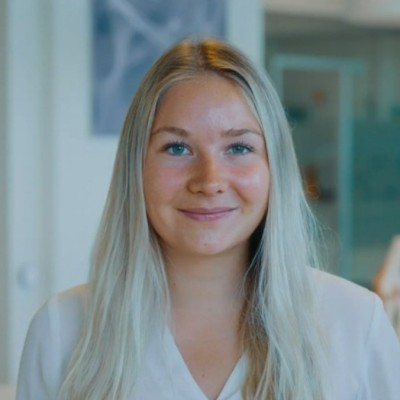- Video Library
- Monica Wellejus, Ossiform - 3D Printed Resorbable Bone Implants | LSI USA '24
Monica Wellejus, Ossiform - 3D Printed Resorbable Bone Implants | LSI USA '24

Monica Wellejus
I am a dedicated Sales and Marketing leader with 5+ years of experience working in the medical device industry.
My interests include product management and product marketing, medtech, and the art of commercializing technology through tailored communication, value creation & demonstration strategies.
At Ossiform, we are introducing new medical 3D printing technology to improve the lives of people with bone defects. #WePrintBone
Monica Wellejus
I am a dedicated Sales and Marketing leader with 5+ years of experience working in the medical device industry.
My interests include product management and product marketing, medtech, and the art of commercializing technology through tailored communication, value creation & demonstration strategies.
At Ossiform, we are introducing new medical 3D printing technology to improve the lives of people with bone defects. #WePrintBone

17011 Beach Blvd, Suite 500 Huntington Beach, CA 92647
714-847-3540© 2025 Life Science Intelligence, Inc., All Rights Reserved. | Privacy Policy







